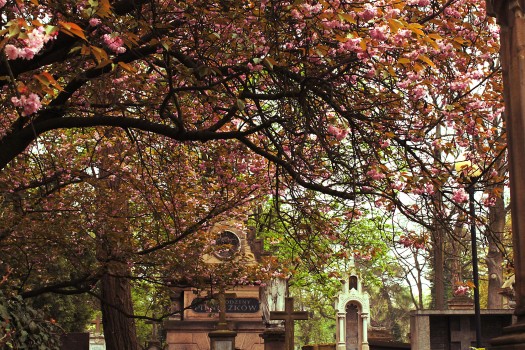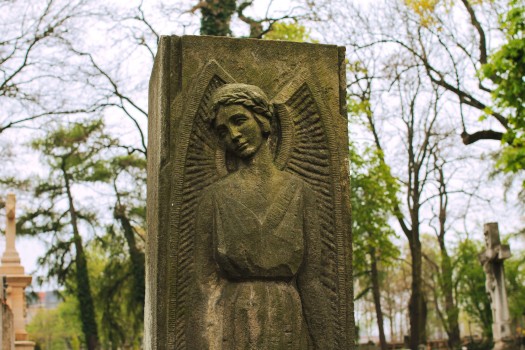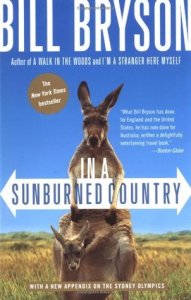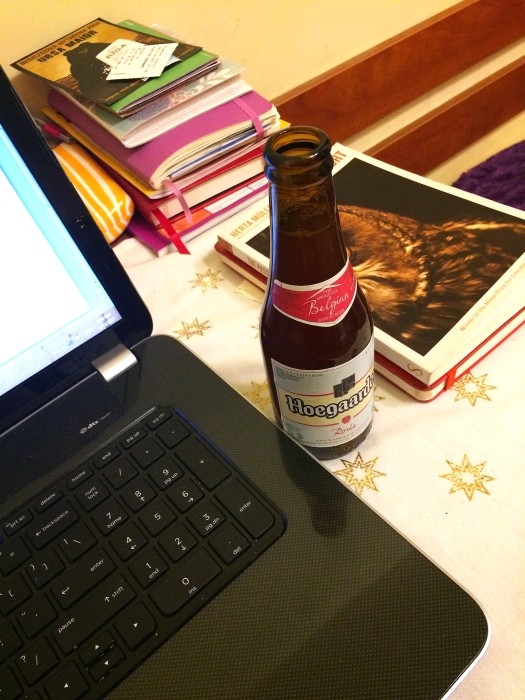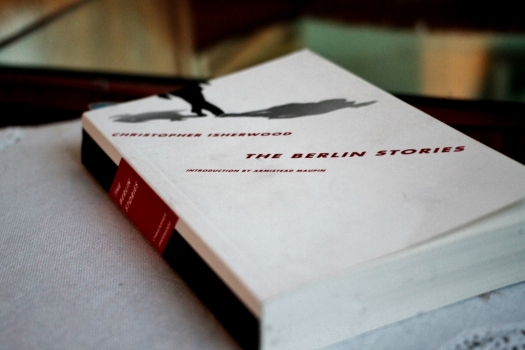When I was working on my Master’s degree I read at least a nonfiction history book a week. Since I graduated in May 2016 I have read one work of nonfiction, Stephen Hawking’s A Brief History of Time; a far cry from my usual nonfiction picks.
The last couple months I’ve been a bit anxious about getting back to reading history monographs, so when I heard about the Nonfiction November reading challenge I was excited for a little push to get back to my academic roots. The challenge is supposed to follow four vague prompts, but I’m going to the beat of my own drum and reading two history books and two travel books.
The Unwomanly Face of War — Svetlana Alexievich
I’m cheating a little bit here, having begun this book last week. I just couldn’t wait to start this book, though. This is the first book by Alexievich, who has written other histories of Soviet Russia. The Unwomanly Face of War is an oral history of Soviet women who fought during World War II. What really drew me to this was that Alexievich was not allowed to publish it until Perestroika began in the mid-1980s, and even then in a highly censored version as it defied the official state version of the war. The interviews are harrowing and tragic and utterly engrossing.
Cool Gray City of Love: 49 Views of San Francisco — Gary Kamiya
I visited San Francisco in 2014 and absolutely fell in love with the city. I randomly found this book in a discount bookshop near my apartment and picked it up because I love the feel of San Francisco. This is a travel book of snapshots of 49 different place in San Francisco, from Golden Gate Park to Chinatown.
Stasiland: Stories from Behind the Berlin Wall — Anna Funder
Another oral history about Communism in Europe; this time focusing on the German Democratic Republic. As part of my Master’s degree, I studied the history of Germany from World War I until reunification. Most of the books that I read for this focused on the political process, so this, which focused more on personal stories, will be an interesting addition to my previous knowledge.
I have lived in Australia for almost three months now and I don’t know much about the country. Bill Bryson is a relatively famous travel writer and has an excellent sense of humor. To demonstrate this, in the first page he remarks on how Australia once lost a prime minister (he was walking along the beach and fell into the surf, never to be seen again). I’m excited to dive into Bryson’s other observations on this country.
I think this is going to be a good month for reading. What nonfiction books do you have on your TBR?



